The micro-vegetable revolution: Could Rob Baan's cress combat cancer?
The unassuming Dutchman is the planet's greatest micro-vegetable innovator who believes his creations could help the developing world avoid heart disease and cancer
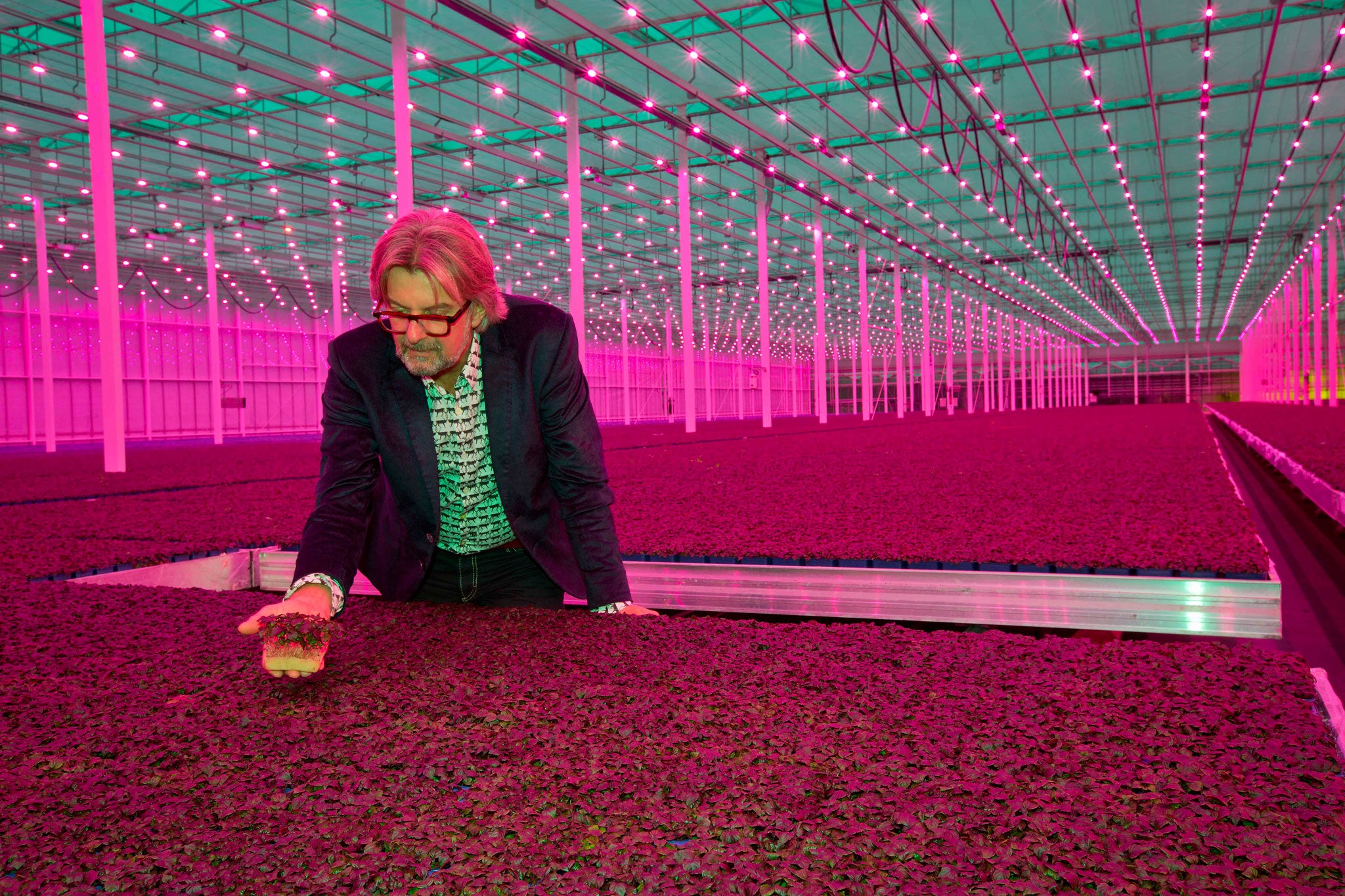
Your support helps us to tell the story
From reproductive rights to climate change to Big Tech, The Independent is on the ground when the story is developing. Whether it's investigating the financials of Elon Musk's pro-Trump PAC or producing our latest documentary, 'The A Word', which shines a light on the American women fighting for reproductive rights, we know how important it is to parse out the facts from the messaging.
At such a critical moment in US history, we need reporters on the ground. Your donation allows us to keep sending journalists to speak to both sides of the story.
The Independent is trusted by Americans across the entire political spectrum. And unlike many other quality news outlets, we choose not to lock Americans out of our reporting and analysis with paywalls. We believe quality journalism should be available to everyone, paid for by those who can afford it.
Your support makes all the difference.'Look," he says, stroking the wispy tendril of a pea plant. "It's so beautiful. It brings tears to your eyes." There are perhaps few people in the world who could be so moved by one small plant among many thousands in a warehouse. But Rob Baan has good reason. From Hackney to Hawaii, chefs, caterers and cocktail specialists look to the bespectacled Dutchman for his botanical discoveries and innovations.
Baan has been the catalyst for many food trends over the years, including micro herbs and pea shoots (pick them up in your local Tesco and Morrisons). But you probably haven't heard of him or his business. He deals directly with the trade – if you can call celebrity clients such as chef Ferran Adrià mere trade – and Koppert Cress, which he took over in 2002, grows more than 60 weird and wonderful ingredients: Sechuan Buttons, for instance, a yellow flower bud that numbs the tongue; and BlinQ Blossom, a plant whose sparkling leaves appear encrusted with crystals. Bestsellers include more than 30 varieties of micro cresses: tiny, nutritious seedlings packed with flavour (some ready just a few days after germination). All of which makes it hard to resist the temptation to call the 59-year-old the Willy Wonka of edible plants.
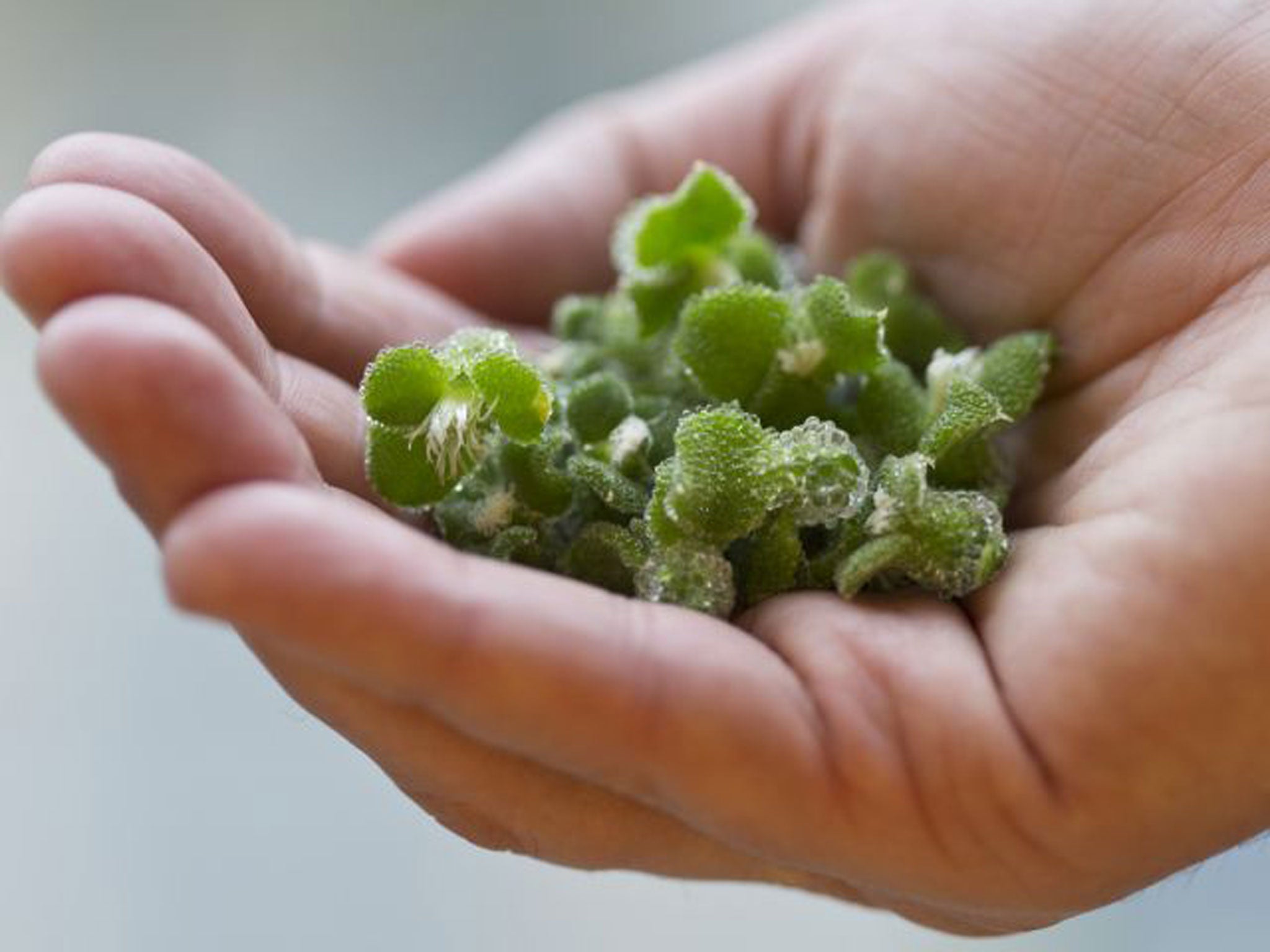
It's a drizzly, flat, grey afternoon when I arrive at his high-tech headquarters in the Netherlands. Inside vast greenhouses, though, the energy-saving LED lamps illuminating his crops render the light an unearthly pink. "I couldn't imagine in my wildest dreams it would become as big as this," he exclaims, before inviting me to follow him on foot as he makes a whistle-stop tour of the site in an electric wheelchair (he's recovering from a minor operation). Whizzing along, he shows me vast greenhouses where his 200 employees cultivate the cresses on an epic scale: Koppert Cress extends over 10 hectares of plants. They are grown without soil, rooting into moist squares of a felt-like substance made from cellulose then sold as a living product, by the punnet.
In the bustling pack house, conveyor belts shift 65,000 large boxes of these products every week – enough to pimp up more than 13 million meals, which are eaten the world over, in restaurants, bars, even in-flight meals. Baan's commercial empire includes partnerships with seed farms in the Gobi desert and extra greenhouses in the US, Japan and Turkey.
"I'm a doer," he declares, as he shows off some of the sophisticated technology typical of Dutch horticulture and integral to his success. "We are a very profitable company so we can afford to take risks. I think we can be energy-neutral. That's my dream." That pink glow is the result of hundreds of LEDs studded in the greenhouse roof, bathing plants with a blend of red and blue light at a tenth of the cost of conventional lighting. To further slash energy use, Baan helped to pioneer a "heat-harvesting" system for the greenhouses. "I think I drove everybody crazy," he chuckles. "But it works." During the summer, special machines suck up trapped hot air and pump it through a heat exchanger, where it warms up pipes filled with water. This water is then pumped deep underground to store the heat until winter, when, with a quick flick of a switch, the process is reversed and the energy is used to warm up the plants – saving Baan millions in electricity bills.
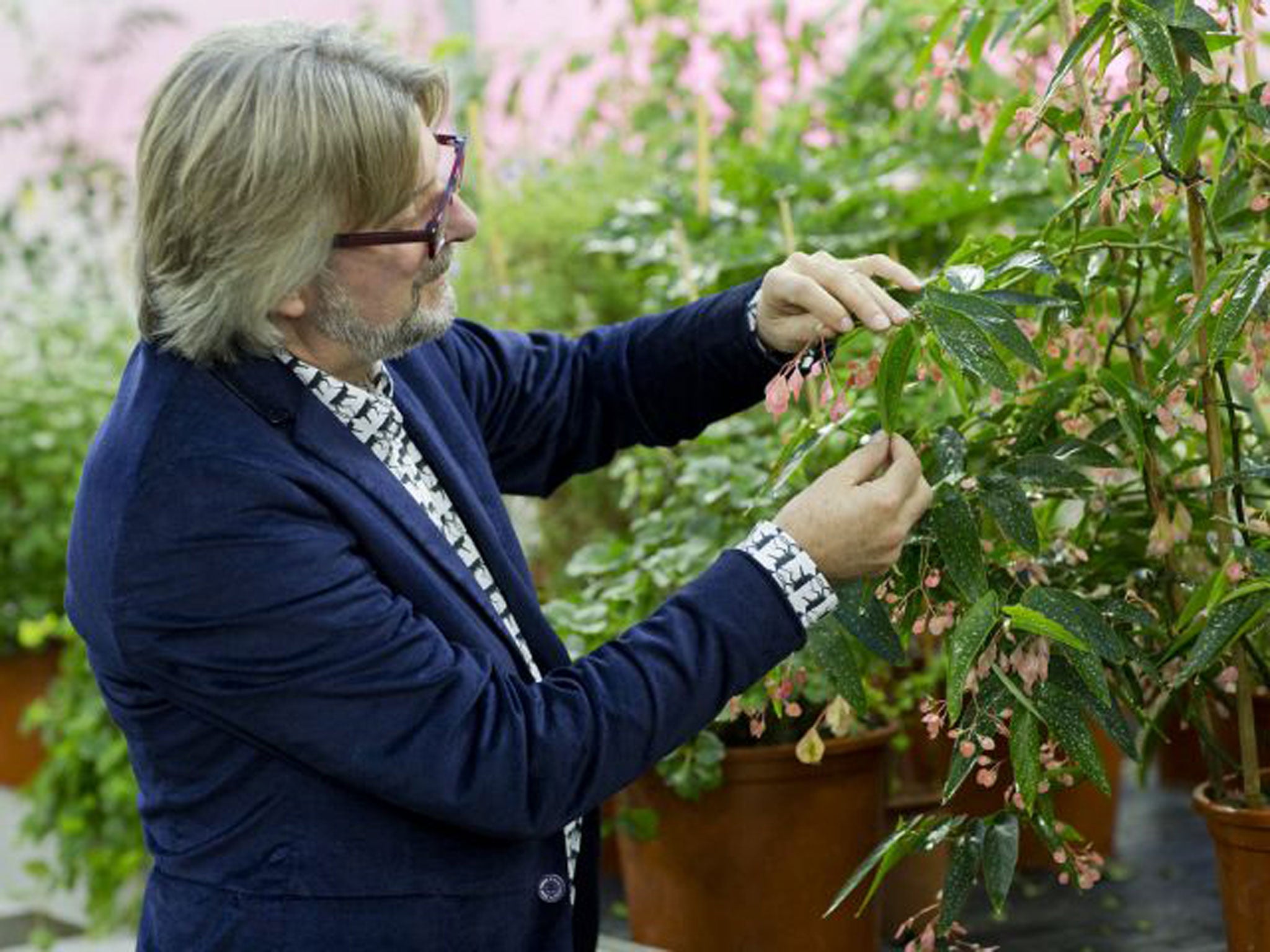
Through the glass, we watch a coach crunch to a halt. Baan is hosting a delegation of UN ambassadors from Africa and Afghanistan to exchange views on food safety and security. This is part of the entrepreneur's educational mission: to change the way the world thinks about food and its relationship to health.
"This is going to be the new future," he says, plucking a seedling with his fingers. "The green pharmacy." He shows a slide from his presentation: 30 per cent of cancers, he claims, are caused by "incorrect food". With heart disease and type two diabetes rampant in the West, Baan wants developing countries to learn from our mistakes. "Livestock is ridiculous, particularly in poor countries," he believes. "It looks like wealth but it's poverty. You destroy nature. You destroy food. You have a very poor return of investment."
So what explains Baan's zeal? "It started with my father," he explains, leaning back in his chair. In the final years of the Second World War, the Netherlands endured a widespread famine called Hongerwinter (hunger winter). Baan's father, the youngest of 11 children, was k separated from his family. He survived by catching rabbits and picking wild plants from the beaches and forests – skills he passed on to his son. "I learnt respect for nature," he says. "I never had this worry of picking something from the wild and putting it in my mouth."
Fast-forward four decades and Baan was enjoying a successful career in the seed industry, culminating as a manager of Asian markets and overseeing the work of 1,500 employees. For more than 20 years, he travelled and ate his way around the world, building a network of contacts that would prove invaluable at Koppert Cress.
"The first country I worked in was England," he recalls, with a shudder. "I was shocked by the food – horrible, horrible." A keen cook from the age of six, Baan has always been obsessed by food. During work trips in the early 1970s, he brought back samples of paprika from Eastern Europe for his friends. In Korea in the 1980s, he was treated to a banquet with 100 dishes, many prepared with wild mountain vegetables – flavours and textures unknown in the West. "Korean food was really the eye-opener."
Years later, the most intriguing of these plants became Koppert Cress products, grown from unmodified seed or cuttings. These were often sourced from the wild then meticulously trialled and tested in the Netherlands. The company was founded in 1987. In those days, it grew only four micro cresses and Baan saw the potential in expanding the range, first joining as a director then buying the company outright in 2002.
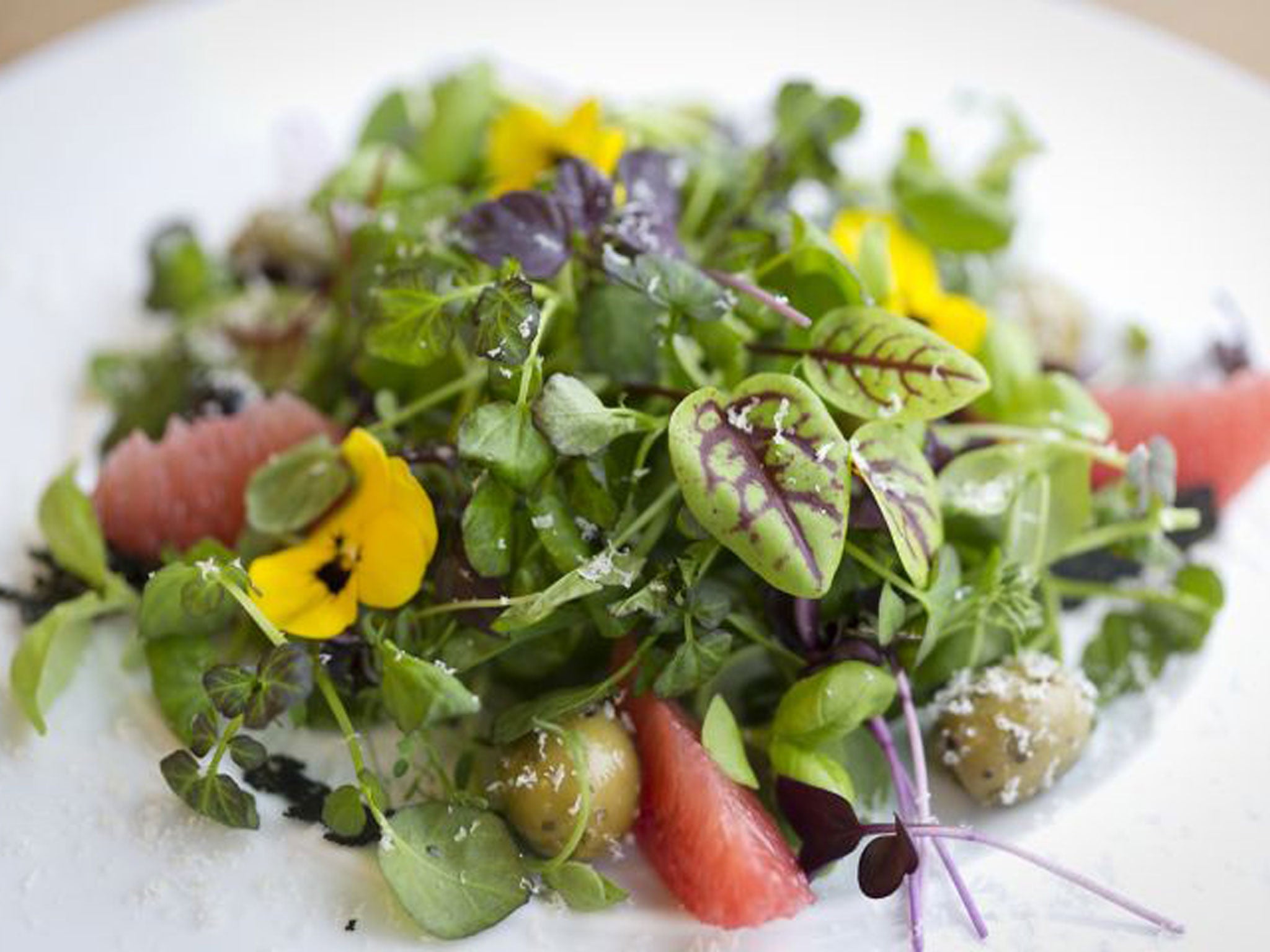
Some of his discoveries have proved trickier than others to bring to market. In China, Baan had noticed children selling bundles of leaves by the roadside. These were tree seedlings with an unusual, nutty taste – but trees take much longer to produce seed, which is also harder to collect. To solve the problem, Koppert Cress now helps fund schools in the area. In exchange, pupils forage for the tree seeds for a fortnight every year, and Koppert gets its precious seedlings. Other discoveries were made closer to home. Cressabi, a peppery plant similar to wasabi, was found growing as a weed no further afield than the canals near his greenhouses.
Back at Koppert Cress, more potential customers have appeared in the guise of a group of chefs from Britain, who have spent the day touring the site and tasting dishes in the demonstration kitchen. "Food is evolving very fast at the moment," observes chef Bjorn Moen, one of the group, who is setting up a restaurant in an old milking parlour in Devon. Moen says he's investigating modern techniques for extracting and intensifying plant flavours – with a centrifugal spinner, for example.
A short drive away, in Rotterdam, chef François Geurds, another client, is a master of this art of flavour intensification. The holder of two Michelin stars, he previously worked as sous chef for Heston Blumenthal at the Fat Duck. His recent creations include lobster with a verjuice emulsion, smoked butter and Salty Fingers – a Koppert Cress product with a subtle saline flavour. In his food lab, stuffed with gadgets, Geurds twists open glass kegs of homemade gins for me to sniff, including Thai green curry flavour, distilled using Koppert Cress herbs.
So, where next for Baan? South Africa, Iran, Iraq and Armenia are high on his list of countries to explore. At his headquarters, he is investing €7m this year to upgrade greenhouse capacity. And he is grabbing every opportunity to evangelise the nutritional benefits of cresses and their potential role in modern healthcare. Tests have shown, for example, that one seedling of his BroccoCress contains the same amount of sulforaphane, a so-called "anti-cancer" compound, as a whole head of broccoli.
As he stands up to leave, I can't resist the urge to defend the food in Britain. After all, Baan was so scathing about the meals he ate, all those years ago. "It's so much better," I say. "You should try again." He answers without hesitation: "I know. Maybe I helped in that."
For more: koppertcress.com
How to eat: Three indulgent Koppert Cress recipes
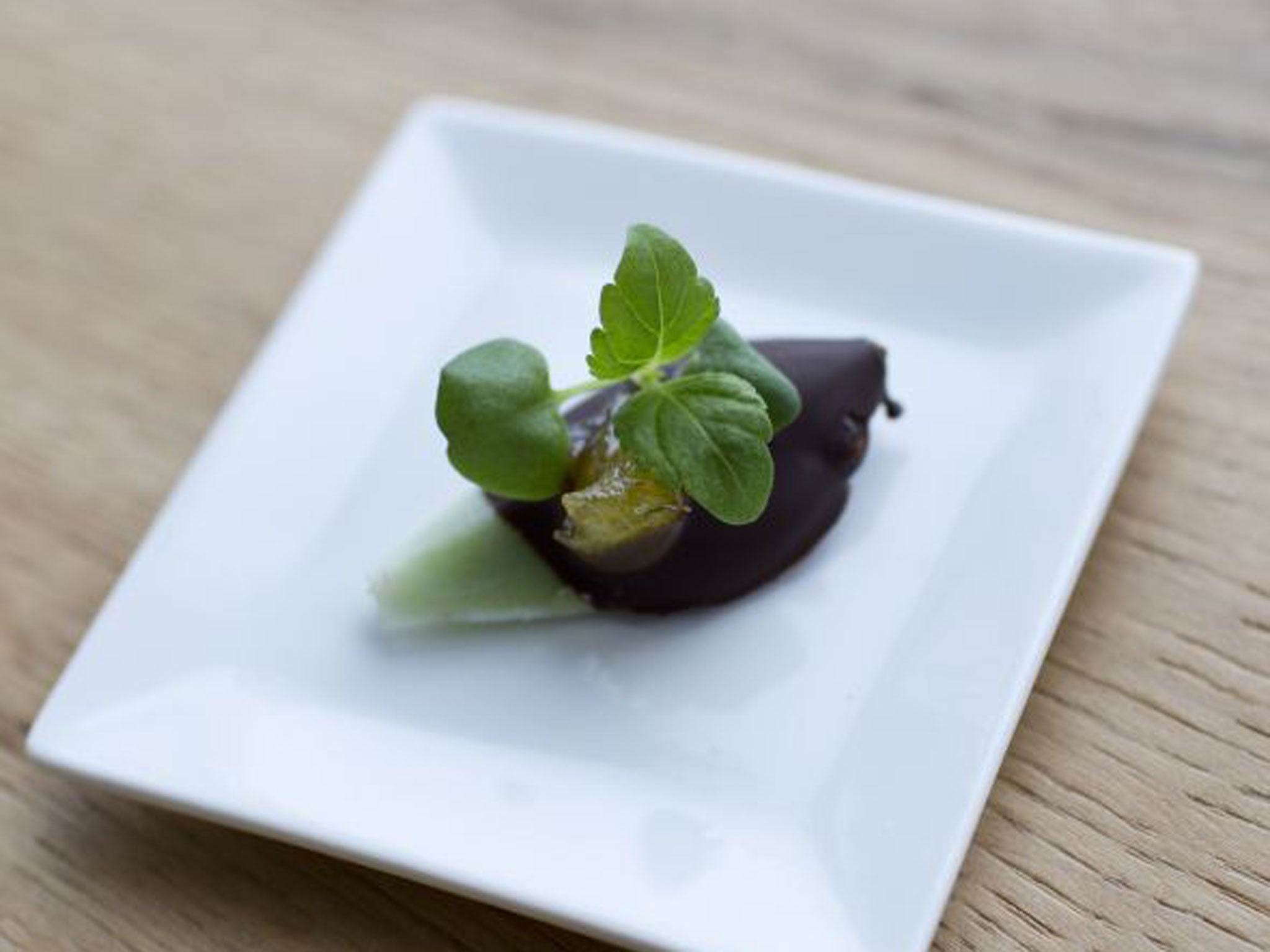
Chocolate Majii Leaf with Citrus
Inject a Majii Leaf with a citrus-flavoured liquid of your choice. Dip in dark chocolate, allow to cool, then serve with a dab of orange compote and sprig of Ghoa Cress (above).
Sechuan Button sugar
Blitz Sechuan Buttons with sugar. Use to rim a glass for cocktails or toss with deep-fried parsnip crisps for a party snack. This mixture will fizz on the tongue and numb the lips.
Apple Blossom caramel shards
These flowers from a variety of Begonia have a tart yet sweet apple flavour. Boil up a light caramel, pour out, spread thinly, scatter with the Apple Blossom then allow to cool and harden. Break into shards for a stylish accompaniment to a dessert.
Join our commenting forum
Join thought-provoking conversations, follow other Independent readers and see their replies
Comments